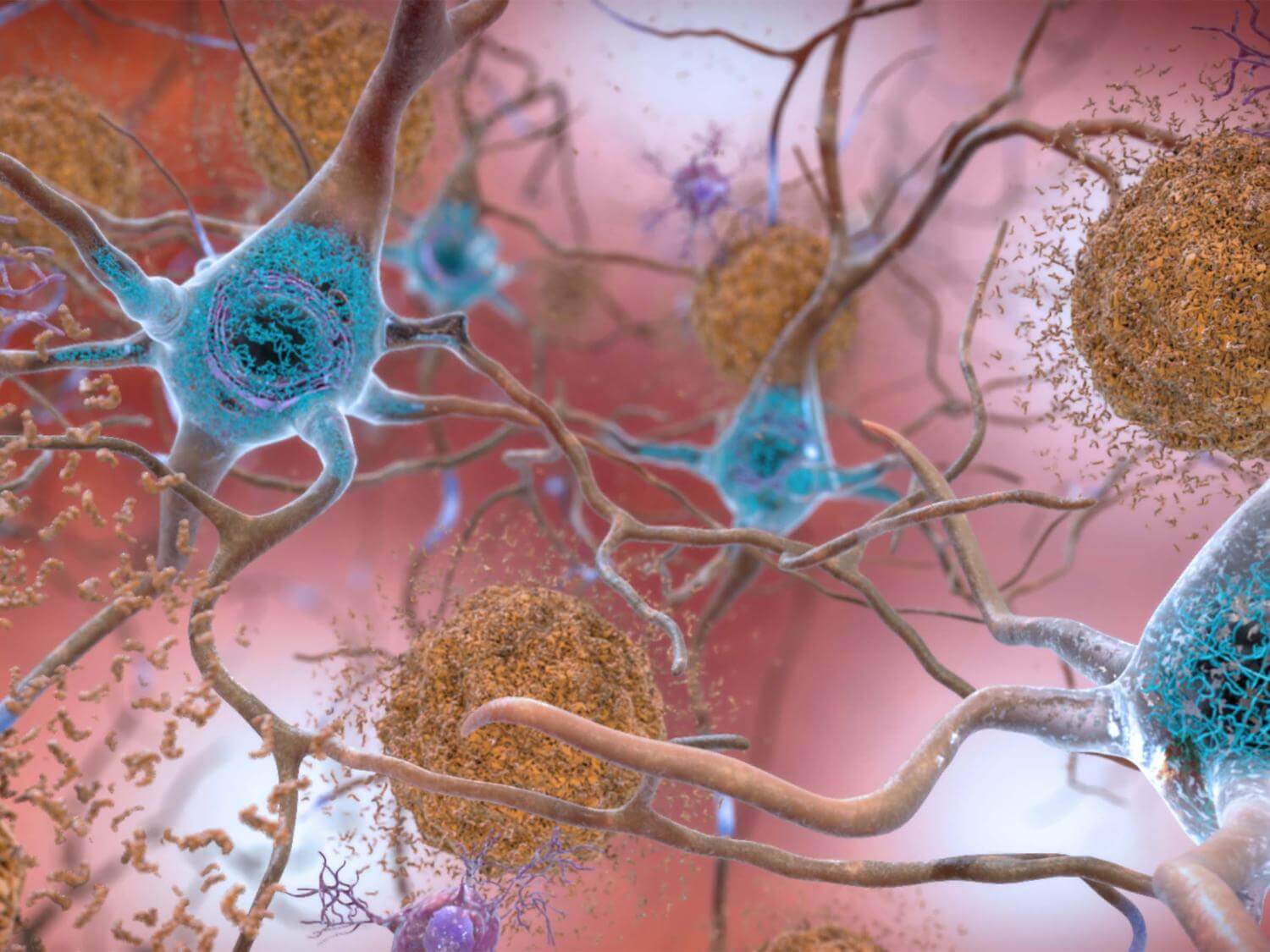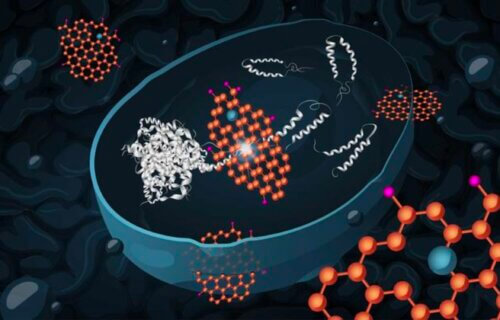GOTHENBURG, Sweden — Swedish researchers have discovered a promising new lead in the fight against Alzheimer’s disease. They discovered that graphene oxide nanoflakes can help yeast cells plagued by the amyloid peptides – molecules believed to be a key factor in Alzheimer’s – to recover.
Alzheimer’s is a daunting disease. It’s a brain disorder that culminates in dementia and eventually death. Over 40 million people worldwide are grappling with this disease or related forms of dementia. The global financial toll it takes is staggering, consuming about one percent of the world’s gross domestic product.
At the crux of Alzheimer’s is the accumulation of misfolded amyloid-beta peptides, commonly known as Aβ peptides. These tiny molecules clump together in the brain, damaging neurons (brain cells) and consequently affecting brain function. Modern medicine hasn’t yet found a way to combat this accumulation.
Chalmers University of Technology researchers have shown that when yeast cells, burdened by these peptides, are treated with graphene oxide, there’s a marked reduction in the accumulated peptides.
“This effect of graphene oxide has recently also been shown by other researchers, but not in yeast cells”, says study first author Xin Chen, a researcher in systems biology at Chalmers, in a university release. “Our study also explains the mechanism behind the effect. Graphene oxide affects the metabolism of the cells, in a way that increases their resistance to misfolded proteins and oxidative stress. This has not been previously reported.”
For this study, scientists opted for an unusual but effective model: baker’s yeast, Saccharomyces cerevisiae. Despite its simplicity, the yeast’s protein-controlling systems are eerily similar to those in human cells, making it an apt model to mimic human neurons affected by Alzheimer’s.
Yeast cells laden with a type of amyloid peptide, called amyloid-beta42, were used in the study.
“The yeast cells in our model resemble neurons affected by the accumulation of amyloid-beta42, which is the form of amyloid peptide most prone to aggregate formation,” explains Chen. “These cells age faster than normal, show endoplasmic reticulum stress and mitochondrial dysfunction, and have elevated production of harmful reactive oxygen radicals.”

What are graphene oxide nanoflakes?
They’re minuscule, two-dimensional structures made of carbon, boasting impressive conductivity and biocompatibility. Researchers across the globe are already harnessing their potential for endeavors like cancer treatments and drug delivery.
A unique quality of these nanoflakes is their ability to intervene in protein processes within living cells.
“As a result, it can hinder the formation of protein aggregates and promote the disintegration of existing aggregates,” says study co-author Santosh Pandit, researcher in systems biology at Chalmers. “We believe that the nanoflakes act via two independent pathways to mitigate the toxic effects of amyloid-beta42 in the yeast cells.”
However, can this exciting discovery be translated into an Alzheimer’s treatment? That remains to be seen. The team at Chalmers is optimistic, noting that graphene oxide also seems to hold promise against other neurodegenerative conditions like Huntington’s disease.
“The next step is to investigate whether it is possible to develop a drug delivery system based on graphene oxide for Alzheimer’s disease,” notes Chen. “We also want to test whether graphene oxide has beneficial effects in additional models of neurodegenerative diseases, such as Parkinson’s disease.”
The study is published in the journal Advanced Functional Materials.
You might also be interested in:
- Cause of Alzheimer’s disease may be completely different than we think, study explains
- Nano-sized molecules can dissolve harmful brain blockages causing Alzheimer’s, Parkinson’s disease
- Best Brain Supplements: Top 5 Cognition Boosters Most Recommended By Experts


Dementia is caused by decades of to much sugar for the liver to metabolize. Add in wheat, corn, rice and soybean oil and the liver becomes so fatty it stashes the aggregate as visceral fat and goo filled kidneys. Limiting those 5 farm bill commodities reveres metabolic syndrome, draining the goo over time. It worked for me, The only way to overcome the nag of withdraw is to juice or blend vegetables weeks ahead to prepare for the commitment. Without nutritional saturation, the decades of western diet will cause failure and depression.